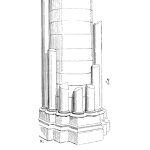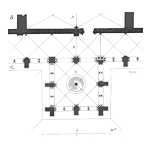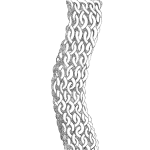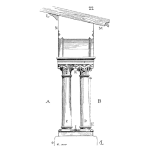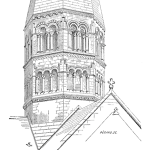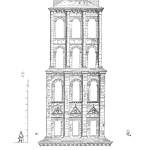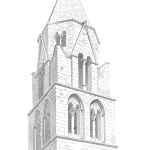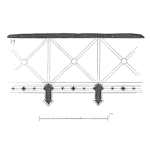
Read about the Requirements for the Content of the ISO 9001 Quality Manual Lead Document from which the rest of an ISO 9001 Quality System Cascades
An ISO 9001 Quality Management System requires a ISO 9001 Quality Manual that contains all the details of how your business is run to produce your products or services to a quality standard.
[Read more…]

